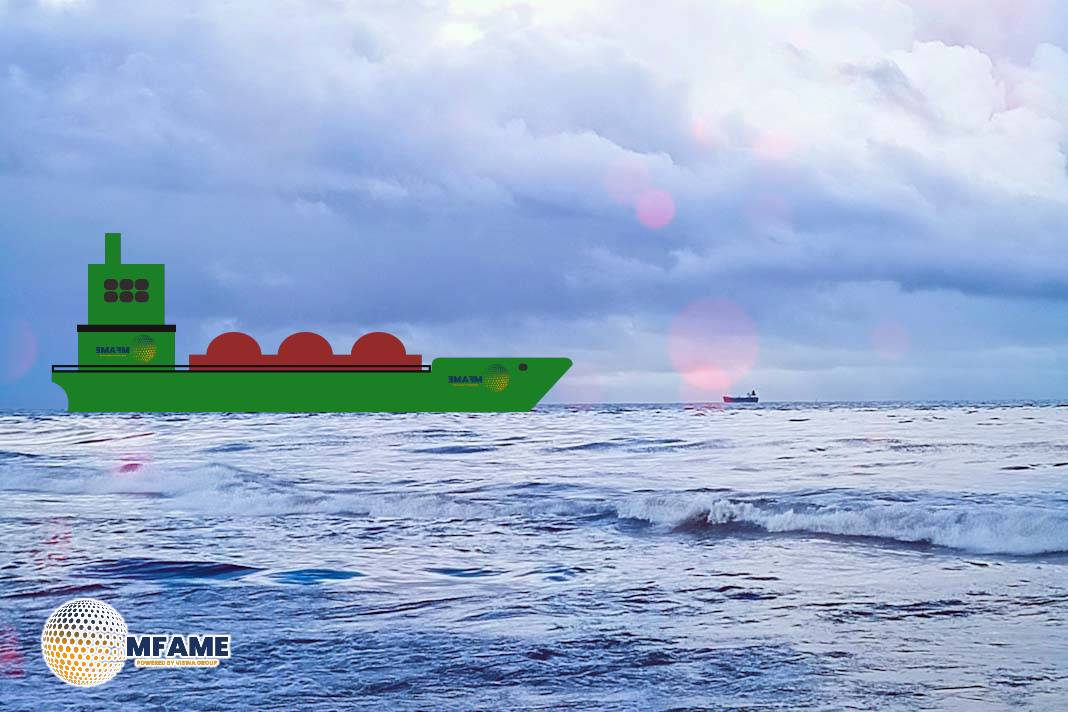UK P&I Club has issued its ‘A Guide to Safe LNG Bunkering Practices’ (Second Edition), developed in collaboration with Brookes Bell, presenting a practical resource for the safe and efficient bunkering of liquefied natural gas (LNG) in the maritime industry.
According to UK P&I Club, in response to global decarbonisation efforts and the growing adoption of LNG as a fuel in transition, this guide explores the physical characteristics of LNG, associated hazards, and recommended best practices for its handling, storage and transfer.
Furthermore, it covers key technical aspects including containment systems, pre-bunkering preparations, operational protocols, emergency response planning, and crew training aligned with the IGF Code.
Key contents of the guide include:
- Types of LNG Bunker Containment Systems
- Physical Properties of LNG
- Risks Involved in LNG Handling
- LNG Bunkering Compatibility Record (LBCR)
- Mooring Analysis
- Crew Training for IGF Code Compliant Vessels
- Safety and Security Zones
- Tank Preparation for Bunkering
- Bunkering Procedures
Bunkering procedures
Before commencing LNG bunkering operations, a set of essential preconditions must be fulfilled to ensure safe, compliant, and efficient transfer. These conditions apply to both the bunker supplier and the receiving vessel.
Pre-Bunker transfer checklist
A pre-transfer checklist must be jointly completed by both parties. Once signed, it serves as a formal permit to begin bunkering operations. Operations must be paused or halted if any conditions change significantly during the process.
Weather conditions
Forecasted and observed weather conditions must fall within the operational limits of the mooring and transfer systems. Factors that could restrict or delay operations include visibility, wind direction and speed, wave height and period, and the presence of electrical storms.
Communications
Reliable communication channels should be agreed upon and tested prior to the start of operations. Where verbal communication is limited by language barriers, standard visual signals must be clearly understood by all personnel involved.
Lighting
Adequate illumination is required throughout the bunkering area. In the event of lighting failure or insufficient lighting during low visibility, operations must be suspended until proper lighting is restored. Emergency lighting is only to be used to safely stop operations, not to continue them.
Authorisations and notifications
Any necessary permits or notifications required by regulatory or port authorities must be obtained and complied with prior to starting the operation.
Mooring
The vessel(s) must be securely moored in accordance with the agreed mooring plan. Environmental factors such as wind, tide, swell, passing traffic, ice, and any changes to draft or trim must be considered. All mooring equipment, including lines, fenders, and winches, should be visually inspected for wear or damage prior to use.
Safe access
A safe means of access must be provided between the bunker vessel and the receiving ship for the duration of the operation.
Preparations and inspections
Prior to connection, the bunkering system should be drained, purged, and inerted with nitrogen. All inspections and safety checks must be documented in the pre-bunker checklist.
Preparations include:
- Establishing safety and security zones
- Isolating non-EX equipment in hazardous areas
- Setting communication equipment to low power
- Confirming personnel rest/work hours compliance
- Verifying PPE readiness and use
- Testing ESD and ERS systems
- Inspecting hoses and connections
- Checking LNG tank levels, temperatures, and pressures
- Confirming tanks are oxygen-free and cold
- Agreeing on transfer rates and loading limits
- Ensuring cryogenic protection is available
- Verifying fire and gas detection systems
- Securing doors and ventilation in safety zones
- Earthing and immobilising road tankers
- Reviewing weather forecasts
- Confirming compatibility between parties
- Conducting leak and pressure tests after connecting
Did you subscribe to our Daily newsletter?
It’s Free! Click here to Subscribe!
Source: UK P&I

















